We're all familiar with the USB-A 2.4 GHz receivers from companies like Logitech that are absurdly small and barely protrude from the port. But when looking at available USB-C equivalents, they are quite a lot larger even after accounting for the fact the width of the port is reduced. Why is this, and can they actually get any smaller?
USB-A Example:

USB-C Example:



